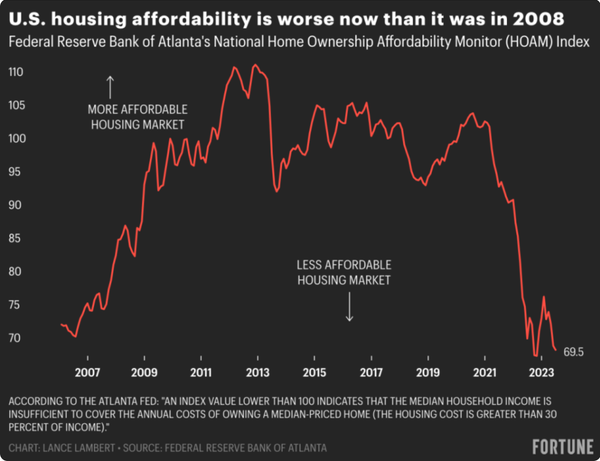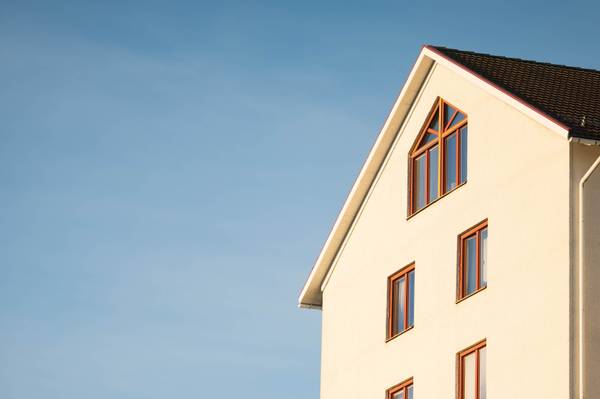

That leaky outdoor hose spigot...
It's turning to the warmer weather and we're going to start to water our yards, plants and gardens. Your leaking hose spigot may seem like a small problem, an annoyance, waste of water waste or something that just needs to be fixed. It actually is a huge issue... stay with me for a sec. Soil is like a bed of springs, in engineering, soil is given a spring constant depending on the soil type. So when the soil is dry without much moisture to it's going to be stiff, when it's when it's going to be soft. Typically a home undergoes uniform conditions as the soil dries out or gets wetter depending on the season. So when you have two different conditions of wet and dry soil, your home starts to have differential settlement, and the longer this condition goes on for the worse the problem(s) get! The problems that arise are: foundation failure, sloped floors, cracking in drywall all the way to the top stories, gaps in framing that allow air, water or small creatures in. So what may seem like a benign problem, actually can lead to much bigger problems. I know I talk a lot about foundations, but the foundation is what the whole house is built on. The foundation of my real estate practice is built from my structural knowledge and expertise & helping buyers and sellers manage the bigger issues that may arise in a real estate transaction, if you'd like help, don't hesitate to reach out.
Read More

What the Market is doing in April.
Our expectations regarding the market incentives created by low interest rates came into focus in the first 13 weeks of the year, with listings (supply) off sharply from the year prior. We ended the quarter with the gap between this year and last growing wider, a signal that appears to indicate continued low transaction velocity heading into 2Q. This lack of supply appears to have stabilized pricing, and along with seasonal adjustments that look familiar, both median price and percent paid to asking bottomed in January and improved in February and March. Properties below the median now sell, on average, for 100.3% of asking price. Days on market also declined month-over-month for the entirety of the first quarter, now down 18% from the high in January. On the all-important subject of interest rates, inflation continues its steady (but slow) decline, and the last several months give reason to believe we are largely past rate increases. Below we see the annualized rate of inflation, average 30-year mortgage rate, and the real world rate taken by subtracting the yield on the 30-year mortgage from inflation. For nineteen months real world rates remained negative, that is the return on a 30-year mortgage was less than the rate of annualized inflation. As inflation fell and rates rose, real world rates turned positive in December and continue to improve. This is a welcome indication that interest rates are stabilizing and will fall along with inflation as we progress through the year. Bottom line: - The influence of low interest rates on sellers continues to impact supply - Buyer demand remains strong – absorption is in the 95-100% range and DoM is falling - Properties now sell on average for 100% of asking price - Without additional shocks to the system (i.e. bank failures, etc.), interest rates appear to have stabilized and there is a solid basis for expecting them to fall in the coming months - Housing is not going to become more affordable in the near future, as prices are reacting quickly to lack of supply and abating rates Stable pricing and low velocity – we have an interesting year ahead.
Read More

Clean your gutters to prevent foundation failures
Kind of like how not changing your oil regularly in your car can lead to problems over time, if you're not regularly cleaning your gutters you can run into problems overtime. A couple of things can happen when they start to overflow: A.) The water starts to run down the exterior of your house, and it starts going into places that it's not supposed to. Like the interior of the framing or interior of your house, which can lead to both fungus & mold. Black mold can cause serious health issues. Fungus in the form of dry rot can be a serious issue to the structure over time as well (see my future article on dry rot for more reading). B.) The second issue that can happen seperately or in conjuction with the 1st issue, is differential settlement in the foundation leading to a foundation failure. Which has a cascading effect of issues seen and experienced in the house. Cracks in walls, sloping floors, windows that don't open, doors that stick, won't shut or open, siding no longer straight, and so on. Recently I was on a transaction for a buyer & I observed that this had happened. Having brought it to the attention of the inspector of what I was seeing, and confirming with a 3rd party professional engineer & a foundation company. We confirmed that the house was experiencing differential settlement (1/2" in one corner & another 1" in the another corner). The homeowners weren't aware of this & caught them by surprise & meant money coming out of their pocket to fix the situation. So it's a small headache or cost to pay someone to clean your gutters in contrast to what a repair bill could end up being. Nathan Austin Broker Eleete Real Estate 503.530.9446
Read More

"Seismically Retrofit" vs Seismically Retrofit by Zac Blodget
There's a big difference between "seismic retrofit" vs a real seismic retrofit. Unfortunately the building code and the building department has let this be a grey area over the years. As this is a voluntary upgrade it doesn't need to meet the constraints of current code. So unfortunately there's been a number of contractors selling "seismic retrofits" vs seismic retrofit. The difference is simple, a real seismic retrofit means you have had a liscensed structural engineer run the calculations on the seismic loads of a home, and do a design based off the current building code with real numbers and tested assemblies determined by the building code agencies. A "seismic retrofit" is where you have had a contractor with no education in structures or seismic forces determining how your design should work, and doing the work. Some of these may have some benefit, some of these may have little benefit. The good contractors have employed a structural engineer to look at the buildings and do the design, but some of these contractors have decided that they don't need an engineer as they're "expensive" and they can put a couple thousand dollars back in their pocket. Unfortunately the public thinks that because it's been permitted that they're getting a real seismic retrofit, which hasn't happened in reality because of the grey area in the code around it being a voluntary upgrade. Education vs no education. What seismic retrofit do you want on your house? If you are thinking about have it done on your house, ask if they're using a liscensed structural engineer to do the design before signing the contract & make sure it's in the contract. If you've had one done on your house look at the permitted plans to see if they were stamped by a liscensed engineer. If they weren't it might be worth a conversation with your contractor on why they weren't, and consult with a liscensed structural engineer about the viability of the work that's been done.
Read More
Recent Posts









